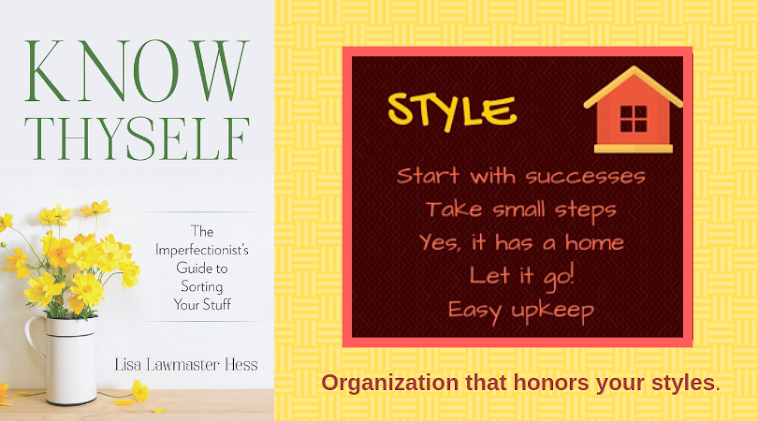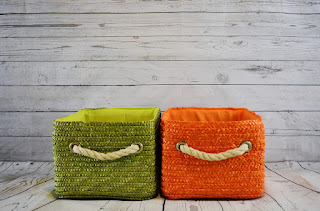I am the notebook queen. As a writer, I never want to risk losing a good idea, so I have notebooks in a variety of places: the car, the chest beside my bed, my office, the kitchen. Inside every purse I own.
These notebooks collect my writing thoughts, but they collect other things as well. The titles of books I want to read. Things I have to do. Stuff I want to remember.As organizational systems go, they're not the best, but I don't expect them to be. Their purpose is to work as a temporary measure until I can get the information where it belongs -- in my calendar or on my to-do list. Without my notebooks, a lot of information would slip away, or, just as bad, I'd be forced to try to remember it all.
I guess you could call them my brain back-ups.
When you think about it, multiples are common in organizational systems. We don't have just one cabinet in our kitchens or one drawer for all our clothes. Multiple tools in various places or serving various functions can be efficient if we have a system for their use. And they work especially well if we use them to target our weak spots.
For me, keeping track of everything in my head doesn't work (weak spot), and seeing reminders of what I have to do does. Sure, I could put it all on my phone, but that doesn't work as well for my I need to see it personal style as going "old school" with paper and a writing implement. And, using notebooks instead of scraps of paper helps keep things contained, as well as limiting the number of places I need to look to see where I might have written something down.
Is there a weak spot in your system? What measures can you put into place to shore it up?






